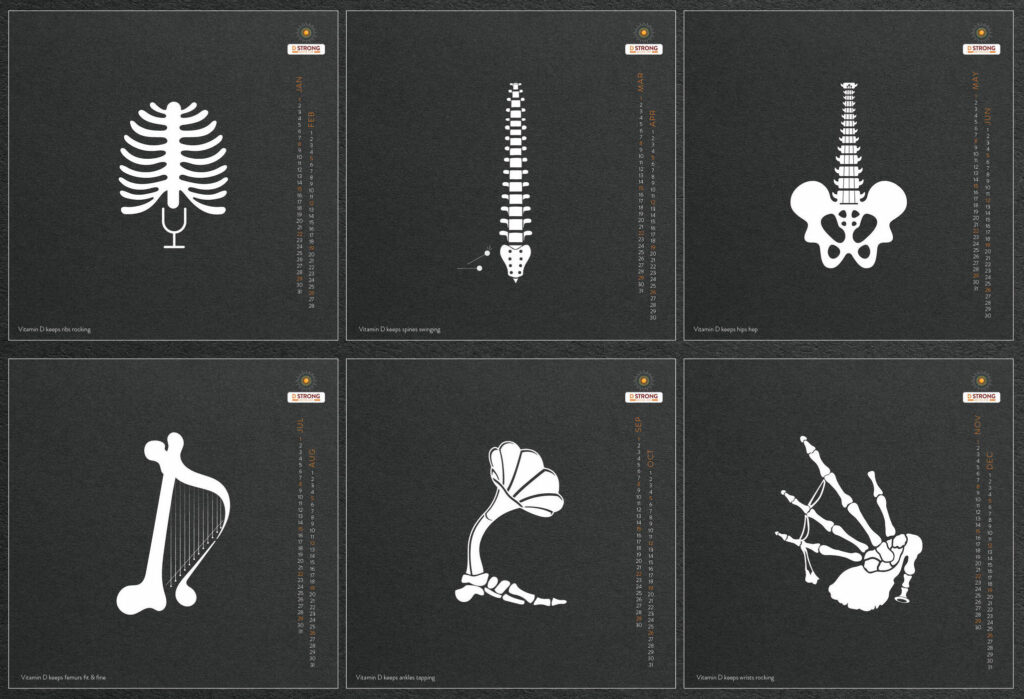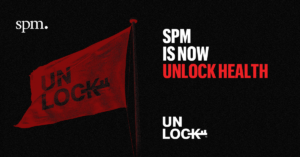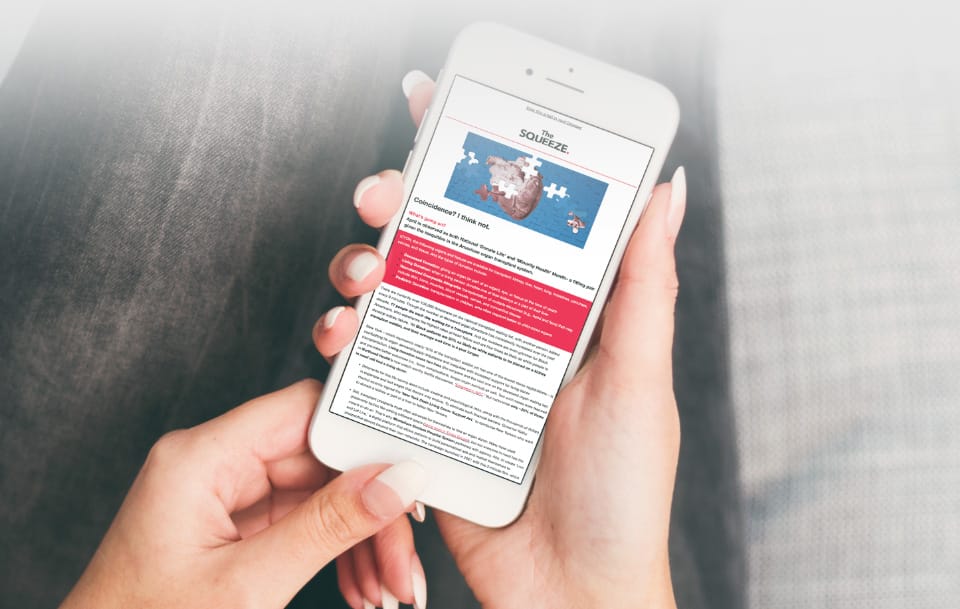Orchestrating Orthopedic Insights.

What’s going on?
In honor of Bone & Joint Health Action Week, we reveal musculoskeletal audience insights, communication ideas and tips for keeping your body in tune.
Bone and joint conditions affect more than half of the U.S. population over the age of 18. While prevalence increases with age, people can experience musculoskeletal conditions at any age due to several (sometimes related) factors. For instance, people who previously suffered a sports-related joint injury are more likely to develop arthritis in that joint later.
Whether a weekend warrior, a past player or someone beginning to experience those aches and pains, it’s often not until the pain becomes unbearable that patients will seek treatment. 46% of Americans surveyed by the SPM Consumer Compass® say they’d hold out on a hip or knee replacement as long as possible, even if they were in a lot of pain. But a closer look at two orthopedic audiences in our proprietary data set reveals that the longer they suffer through the pain, the greater toll it takes on their life style, quality and outlook.
1. PAST PLAYERS | Diagnosed or treated with an injury from sports or physical activity
- Working hard to stay healthy: Describe themselves as in “good” health. They take care of themselves physically and mentally, actively seeking out health info and options (e.g., integrative therapies, clinical trials).
- Motivated and empowered by past successes: Believe success is a result of hard work and have a high level of self-confidence, reflected in their assertiveness, bluntness and willingness to challenge their doctor’s advice.
- Relationship-driven and prioritize others: Put the needs of others before their own, enjoy a good laugh, and find fulfillment through social connections and giving to others.
- Live for today but worry about the future: Often feel under pressure, wish they had more time to manage their responsibilities and worry about taking care of themselves if their health fails.
2. ACHES & PAINS | Currently have an orthopedic issue that might require future surgery
- Inactive, yet health-conscious and wellness-oriented: Describe themselves as in “fair” or “good” health, striving to improve it amid always-on concerns about weight, fitness and energy levels. They increasingly turn to apps and wearables to monitor their health and keep better tabs on their medical data.
- Thoughtful and skeptical about healthcare: Discerning healthcare decision-makers, they value quality over convenience and are more likely to get a second opinion. Yet they’re not easy to win over, as they express skepticism around all medical advice and providers’ motivations.
- Comfortable but with concerns: Feel as though their health is spinning out of control, worry about getting old and managing financially as they age. They’re lacking things to look forward to in life yet seldom feel the pressure of society to do or be more.
Two recent campaigns from abroad really speak to these groups:
Cooking is a passion and form of personal expression for Mexicans, but many are forced to stop due to the pain caused by arthritis in their hands. (According to Versus Arthritis, 78% of people with arthritis experience pain most days.) Recetas Nestlé created ‘Recipes vs Arthritis,’ featuring over 20 arthritis-friendly recipes with different hand exercises for users to do while cooking.
Abbott India’s BONESYMPHONY 2023 campaign personified bones as harmonious musicians with unique imagery of bone-comprised instruments and this opening message: “Bones craft the flow of the body, maintain the harmony of health. When bones break, so do our motion and movement. When bones crack, so does the rhythm of routine. If our body is the theatre, the bone structure is the orchestra.”

What's The Squeeze?
Much like a musical instrument, the body needs continual maintenance, regular tune-ups and intentional upkeep.
Here are five ways to support your bone and joint health all year round:
Include plenty of calcium in your diet
Ensure you’re getting enough Vitamin D
Stay moving and physically active with low impact exercise
Stretch at least three times a week
Perfect your posture
If you’ve suffered an orthopedic injury recently, you may be asking yourself why you’re not healing as quickly as Aaron Rodgers. Despite his extenuating circumstances as a pro football player, the average orthopedic patient looks quite different. Here are some thought starters on how to communicate with them for optimal impact:
With engagement comes empowerment and long-term relationship potential. Make your services feel more accessible to engage them more often and become their partner in their journey. Think educational content and complementary services. Offer telehealth and online communications vs always needing to be in person.
Remember that partnership requires collaboration. Reinforce that one need not wait for a joint replacement, but facilitate open lines of communication and provide them with plenty of options, highlighting your program’s leading-edge treatments and high quality care within.
Motivate them to realize the importance of taking care of themselves because life is worth living at any age. It is possible to feel better and get back to where they want to be – big and small changes can make a difference.
Interested in uncovering more audience insights from the SPM Consumer Compass®?
Related Insights.

Dare to Dry?
A record 27% of Americans were highly likely to participate in Dry January and beverage brands crafted unique strategies to step up to the challenge.

Jingle All the Way Down Memory Lane.
This innovative initiative leveraged nostalgic advertising jingles to help Puerto Ricans with Alzheimer’s to remember their past.

Unlock Health Announces Acquisition of SPM Group, the Premier Network of Health and Healthcare Marketing Agencies
The acquisition positions Unlock Health as the leading growth marketing platform in the health services sector by size, scale, and breadth of capabilities. NASHVILLE, TENN.

Get The Squeeze.
Receive the latest trends and insights from all around the world of consumer advertising and healthcare marketing straight to your inbox. From new tools to noteworthy campaigns, we’ll break it down and give you all the juice.




